Enpherest - MANTLE
More Posts from Enpherest and Others
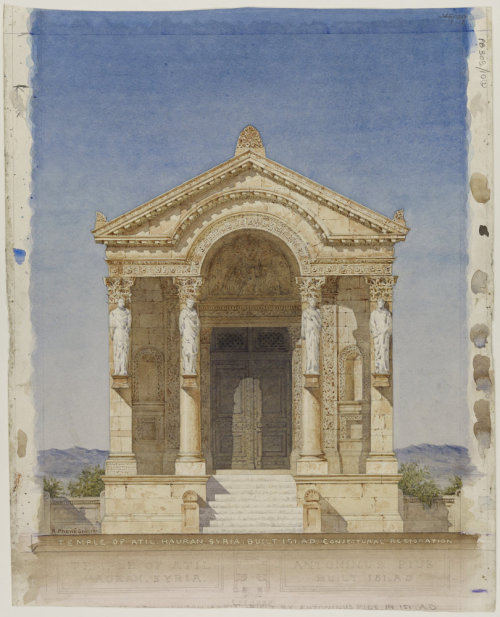
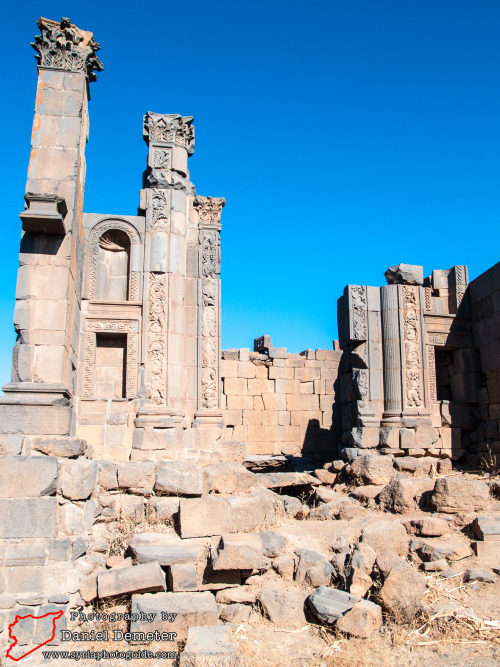
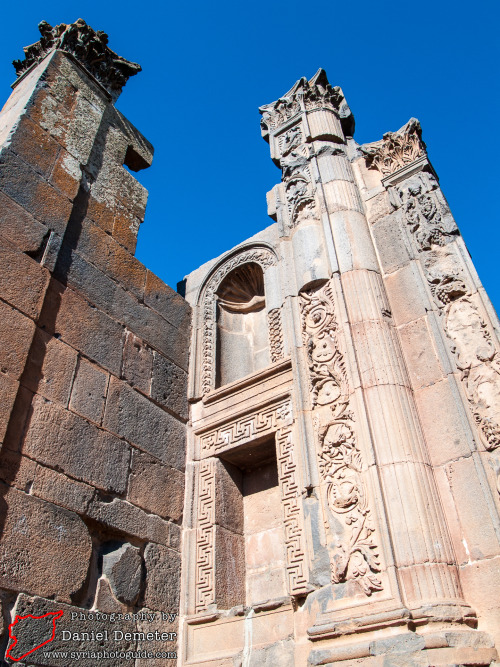
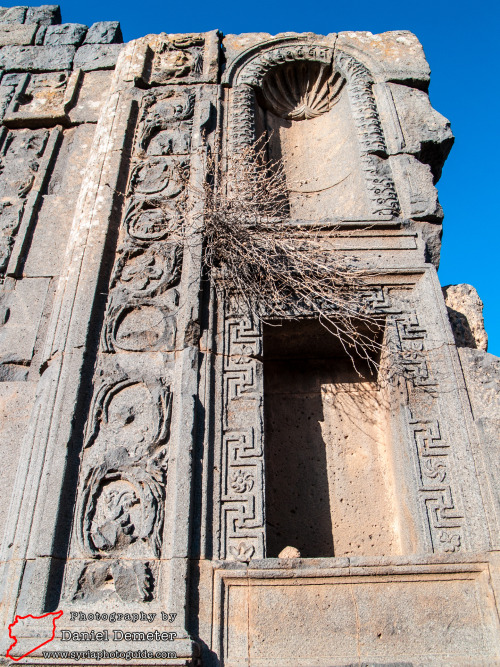
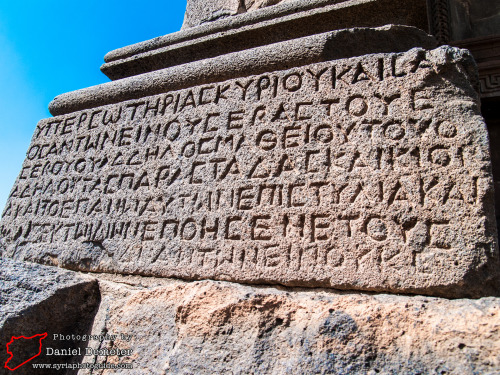

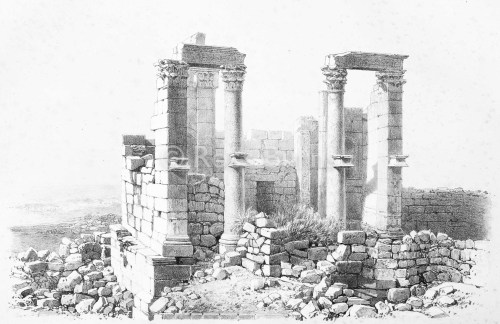
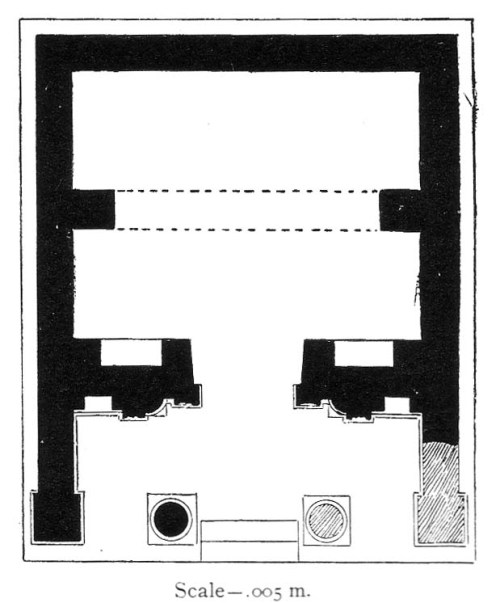
South Temple of Atil
Atil, Hauran, Syria
151 CE
This small town contains two almost identically designed Roman temples, delicately fashioned from the local basalt stone. The south Temple stems from the Antonine period (151 CE) the second or North Temple (probably dedicated to the Nabataean deity, Theandrites) was built in 211–212 CE. The southern temple is better preserved, while the northern temple has been incorporated into a modern house and tomb. Both have attractively decorated facades with fine detail.
Closeup of the Greek inscription at Atil, Syria. The inscription dates the construction of the temple to the 14th year of the reign of Antoninius Pius (151 CE).
Sources: 1, 2


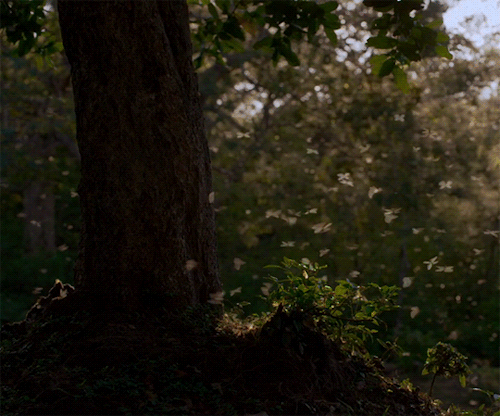











Temple of Zeus Bomos (”of the Altar”)
Baqirha, Dead cities area, Syria
161 CE
The Temple is Corinthian Tetrastyle prostyle which stands at the upper, southern end away from the settlement near the street. It may have been built on the site of a much older sanctuary. The temple from 161 CE was dedicated to Zeus Bomos (“Zeus of the altar”), a local name for the main Syrian god Baal . Zeus temples were often built on mountains; another was in close proximity on the summit of Jebel Sheikh Baraqat, several around the summit of Hermon.
A rectangular building made of mighty limestone blocks rose above the base of the temple, which is comparable to the Baal Shamin temple in Palmyra , with an entrance hall with four pillars on the west side. The eastern rear wall up to the gable and part of the north wall were preserved. In front of the temple the sections of the collapsed columns and Corinthian capitals lie.
The temple currently houses a refugee family.
Sources: 1, 2, 3, 4












-
 dat-foxy-brown liked this · 9 years ago
dat-foxy-brown liked this · 9 years ago -
 dat-foxy-brown reblogged this · 9 years ago
dat-foxy-brown reblogged this · 9 years ago -
 axelthekingoffire08 reblogged this · 9 years ago
axelthekingoffire08 reblogged this · 9 years ago -
 voicehk reblogged this · 9 years ago
voicehk reblogged this · 9 years ago -
 flynnkaiser liked this · 9 years ago
flynnkaiser liked this · 9 years ago -
 flynnkaiser reblogged this · 9 years ago
flynnkaiser reblogged this · 9 years ago -
 voicehk liked this · 9 years ago
voicehk liked this · 9 years ago -
 blazietiger reblogged this · 9 years ago
blazietiger reblogged this · 9 years ago -
 blazietiger liked this · 9 years ago
blazietiger liked this · 9 years ago -
 jeremytheblack reblogged this · 9 years ago
jeremytheblack reblogged this · 9 years ago -
 ezedoesityt reblogged this · 9 years ago
ezedoesityt reblogged this · 9 years ago -
 enpherest reblogged this · 9 years ago
enpherest reblogged this · 9 years ago

I cannot well say how I entered it, so full of slumber was I at the moment when I forsook the pathway of the truth;
139 posts